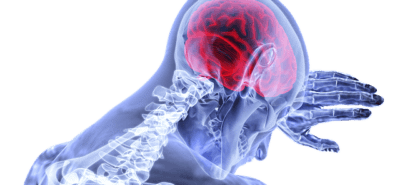The Illinois Department of Public Health reports that there were more than 155,000 live births in 2013. For most women, giving birth is an exciting and life-changing event. Unfortunately, there are a number of defects that can occur before, during or after childbirth. Cerebral palsy is one such condition, and it is caused by brain trauma or malformation during a child’s mental development. Sources of trauma include low oxygen, infections or hemorrhage in the brain or head injuries due to accidents or child abuse.
There are four main types of cerebral palsy, all of which affect both muscles and motor functions. Although they are similar in some respects, Chicago birth injury lawyers may be aware of the differences in symptoms.
- Spastic
According to the National Institutes of Neurological Disorders and Stroke, between 70 and 80 percent of cerebral palsy cases are spastic and involve hypertonia. This is identified by an increase in muscle tension, which prevents them from fully stretching. Spasms are uncontrollable, and they stiffen or straighten the muscles or cause muscle groups to contract on one or both sides of the body. Muscle weakness and paralysis may also be present and are symptoms which Chicago birth injury lawyers have frequently seen.
- Ataxic
Ataxia may occur due to damage to the brain in the cerebellum region, affecting coordination, balance, equilibrium, memory and other functions. Approximately 10 percent of all cerebral palsy cases involve ataxia, and individuals may have low muscle tone and strength or have difficulty processing sights and sounds. Activities that require voluntary movement such as reaching for a toy or a book are difficult for these children.
- Athetoid/dyskinetic
According to the Centers for Disease Control and Prevention, about one in five children with cerebral palsy have athetoid or dyskinetic problems. These are characterized by difficulty staying in an upright position steadily enough to sit or walk. Children with this form of the disorder have to concentrate to move their hands in a controlled way, so that tasks such as scratching an itch or reaching for an object are difficult.
- Mixed
Many children have symptoms of more than one of the conditions mentioned above. The increased muscle tension and spasms typical of spastic cerebral palsy are the most common to occur alongside one of the others.
It is especially sad when preventable issues such as birth accidents or untreated high bilirubin levels lead to brain damage and lifelong suffering. Chicago birth injury lawyers may be able to help parents of disabled children hold medical professionals accountable for these irreversible mistakes. Financial compensation may be available to cover some of the expenses related to present and future medical needs.

